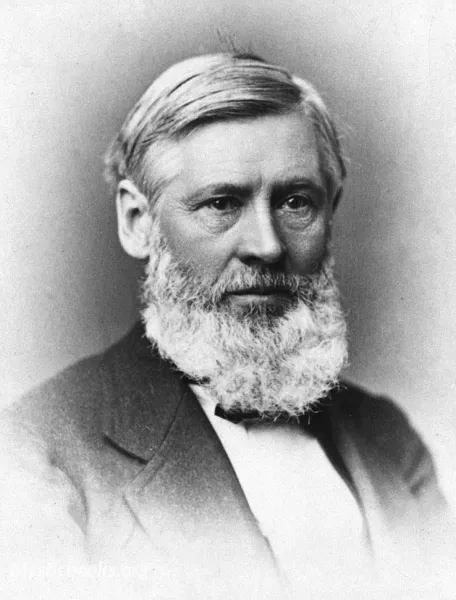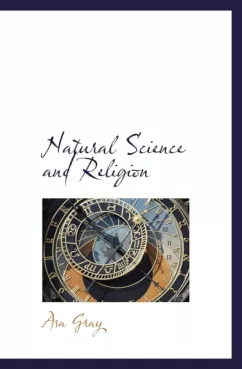
Timeline
Title
Country/Nationality
Asa Gray
Asa Gray (1810-1888) was an American botanist who is considered to be the father of American botany. He was born in Sauquoit, New York, and educated at Williams College and the New York College of Physicians and Surgeons. After graduating from medical school, Gray decided to pursue a career in botany. He studied under John Torrey, a leading American botanist, and in 1838, he was appointed the first professor of botany at the University of Michigan.
Principles
Gray was a devout Christian and believed that science and religion were complementary. He believed that God had created the natural world and that humans could learn about God by studying nature. Gray was also a strong supporter of Darwin's theory of evolution. He believed that evolution was a natural process and that it was consistent with his religious beliefs.
Famous For
Gray is best known for his work on the classification of North American plants. He wrote several influential books on plant taxonomy, including Manual of the Botany of the Northern United States (1848), Synoptical Flora of North America (1863), and Flora of North America (1878). Gray's work helped to standardize the classification of North American plants and made it easier for other botanists to identify and study them.
Notable Works
In addition to his work on plant taxonomy, Gray also wrote several books and essays on the relationship between science and religion. His most famous work on this topic is Darwiniana (1876). In Darwiniana, Gray argued that Darwin's theory of evolution was consistent with Christianity. Gray's work helped to promote the acceptance of Darwin's theory in the United States.
Philosophy
Gray's philosophy was based on his Christian faith and his belief in the power of science. He believed that science could help us to understand God's creation and that religion could provide us with a sense of purpose and meaning in life. Gray also believed that it was important to educate the public about science and religion. He wanted people to understand that science and religion were not mutually exclusive.
Death and Legacy
Gray died on January 30, 1888, at the age of 77. He is buried at Mount Auburn Cemetery in Cambridge, Massachusetts. Gray is remembered as one of the most important American botanists of the 19th century. His work on plant taxonomy helped to standardize the classification of North American plants and made it easier for other botanists to identify and study them. Gray also played an important role in promoting the acceptance of Darwin's theory of evolution in the United States.
Interesting Fact
Gray was a prolific correspondent and wrote letters to many of the leading scientists and naturalists of his day. His letters provide a valuable glimpse into the world of science in the 19th century.
Conclusion
Asa Gray was a brilliant scientist, a devout Christian, and a dedicated educator. He was a pioneer in the field of American botany and made significant contributions to our understanding of the natural world. Gray's legacy continues to inspire scientists and theologians today.
Books by Asa Gray

Natural Science and Religion
What if science and religion are not mutually exclusive, but rather complementary? Natural Science and Religion by Asa Gray is a collection of essays that explores the relationship between science and religion. Gray was a devout Christian and a lead...

Elements of Botany
Elements of Botany by Asa Gray is a foundational text designed for beginners in the field of botany. The book focuses primarily on the structure and principles of life in flowering plants, a group with which botanical education traditionally starts....